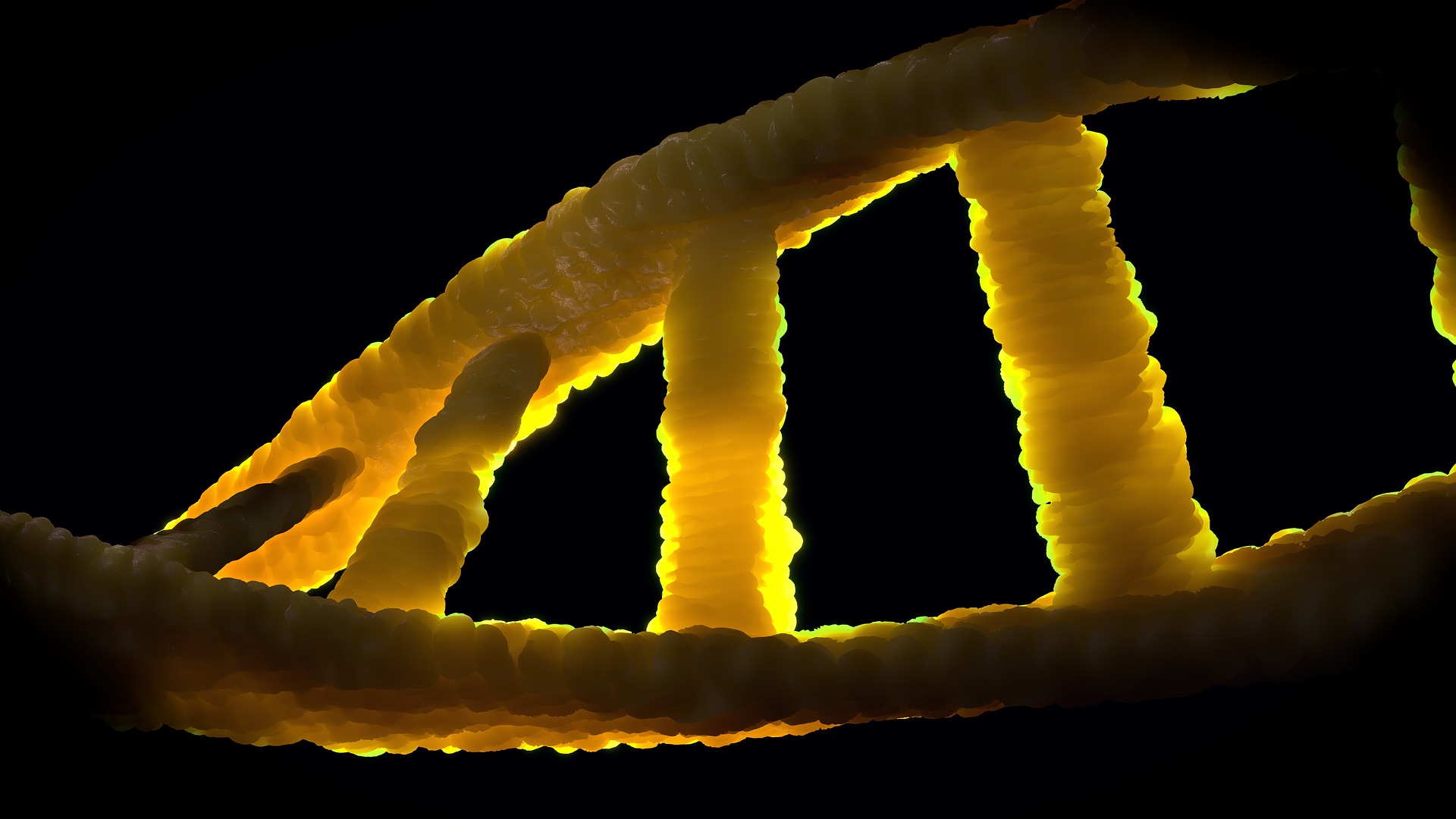
The aim was to classify patients with capillary vascular abnormalities based on:
* Guanine Nucleotide Binding Protein Alpha (part of the G protein)
Somatic (congenital) mutations in GNA genes are associated with so-called mosaic-shaped skin abnormalities, in which the blood vessel structure and/or pigmentation is abnormal in parts of the skin. The question is whether the variable clinical spectrum that occurs in capillary malformations in the skin can be better defined using genetic parameters.
The study population, the so-called ‘Mosaic Undiagnosed Skin Traits and Related Disorders’ cohort, consisted of 32 patients, including women and men, varying in age between 3 months up to 67 years.
A prior genetic test had established the GNAQ/11 mutation in the patients studied. After giving informed consent, samples were taken from the affected skin and venous blood from each patient with following DNA sequencing.
The phenotypic classification was performed by clinical measurements, photographing and additional standardized questionnaires filled in by the physician involved (questions concerning blood vessel abnormalities and pigmentation, nerve status, eye function and (over)growth symptoms).
Patients with vascular and pigmentary abnormalities were classified according to the PPV (phakomatosis pigmentovascularis) classification by Happle (2005), distinguishing between 3 different subtypes.
Patients with vascular abnormalities accompanied by asymmetric growth were classified according to Oduber (2011), who distinguished 6 different subtypes.
In most patients, mutation appeared from an amino acid Arginine at location 183 of the GNA protein, which was substituted by either a Cysteine (GNA11 mutant) or a Glutamine (GNAQ mutant).
The GNA mutations established in this group of patients suited in the 3 types classification according to Happle. This was evident from the group of patients with the nevus flammeus type, most of whom had a GNAQ mutation.
In contrast, the incidence of nevus anemicus and cutis marmorata type in patients correlated (with statistical significance) with a mutation in the GNA11 gene.
Patients with nevus roseus on the other hand showed no association, neither with a GNAQ- nor with GNA11-mutation.
Also, patients with PPV flammea-type pigmentary abnormalities showed a GNAQ mutation, while a GNA11 mutation was associated with patients with the PPV marmorata type.
A GNAQ mutation was found in patients with capillary vascular abnormalities (such as in Sturge-Weber), with macrocephaly or hemifacial overgrowth.
Half of the patients with capillary vascular abnormalities had ipsilateral (at the same side) segmental overgrowth. This was often associated with nevus flammeus-type skin abnormalities and a GNAQ mutation.
In contrast, patients with hypotrophy at the side where capillary vascular abnormalities occurred (also called inverse Klippel-Trenauney) contain a GNA11 mutation.
The 6 types classification according to Oduber was applied for patients with symptoms of overgrowth. Most patients were classified into type 1 or type 2 (concerning respective capillary and capillary/venous abnormalities). Type 3 (Klippel-Trenaunay) and type 6 (reticular vascular pattern) were also represented, however, 2 of the patients studied could not be classified at all in any of these 6 types.
Reverse phenotyping optimizes determining the mosaic-shaped, GNAQ/11-related clinical spectrum of blood vessel abnormalities.
Clinical appearance (fenotypical) could be related to GNAQ/11 mutations established within the genome (genotypical) of the patients studied.
Skin conditions may change over time, thereby influencing the classification results.
A number of patients showed additional non-skin-related abnormalities, this also requires further investigation.
Reference: Jordan M. et al. Reverse phenotyping in patients with skin capillary malformations and mosaic GNAQ or GNA11 mutations defines a clinical spectrum with genotype-phenotype correlation.
Letter to the editor in Journal of Investigative Dermatology (2019).
Edited by Dr. Marjon ten Hoor-Suykerbuyk, 2020-03-30





